New Common Practice of European intellectual property offices regarding evidence in appeal proceedings
In May 2021 offices participating in the European Union Intellectual Property Network, including the Polish Patent Office and the EU Intellectual Property Office issued a common communication regarding new evidence in appeal proceedings. The practice will apply from 30th June 2021 and it concerns:
- Structure of evidence
- Submission of evidence
- Presenting the evidence
- Handling confidential evidence
The guidelines contain a wide catalogue of evidence that can be used in the proceedings. However, this is not the full spectrum of materials that can be used as evidence in a case – it is an open catalogue. In addition, each category is accompanied by specific guidelines to help the parties present their evidence correctly.
The Common Practice concerns both classic and unconventional evidence – internet evidence, videos, or printouts of user reviews.
Internet evidence – credibility matters
The offices jointly recognized that technological development should entail recognition of internet evidence as fully-fledged means of evidence. However, easily editable websites (such as Wikipedia) may raise suspicions as to their authenticity.
What to do when a site has been changed and we do not have access to previous versions that could constitute evidence in a case? Web archiving services come to the rescue. They are scanning and saving changes, which are later available in the form of a printout with an indication of the date (e.g. WayBack Machine). According to the new guidelines such printouts can be used as evidence.
Under the new Common Practice it is recommended to supplement or support such evidence with additional materials (if it is possible).
Metadata – how to use it?
Metadata is information about data which provides details on resource management and enables identification of specific issues such as date and place of creation of the data, used devices or information about the user. This is useful in showing that a trade mark was used by a specific entity at a specific time.
Video materials
Video files may also serve as evidence in the proceedings. It is worth providing them with additional information, such as place of their communication to the public – confirmed with printouts from the website where the video was uploaded. It is also recommended to:
- indicate the moment at which the trade mark, goods, services or other significant content is visible,
- present analytical data indicating the number of page views and the geographic origin of the recipients,
- provide additional information about the audience, such as gender or age.
Videos should be submitted in the form of a file, not a link.
Analytical data from independent sites
Under the new Common Practice, extracts from social media can be considered as independent sources. Such websites create information independently (e.g. information on the number of recipients, their age or gender) and this data cannot be changed by the user. Such evidence should be presented in the form of a printout or a screenshot. However, it is recommended that circumstances such as the number of likes, page views or followers be supported by additional evidence, such as data on sales of the trademarked goods or services on a given territory.
The Common Practice also mentions documenting the marketing activities of influencers. Such evidence must contain complete information about a given cooperation, such as the geographic location of an influencer and related advertising expenses.
The link to the entire document can be found below:
See more:
A Czech court rules on copyright to a work generated by AI
Artificial intelligence is becoming more and more prominent in the sector of music, literature and, as a matter of fact, in most fields that require a creative approach to any task or issue so far reserved exclusively for humans. It was therefore only a matter of time...
Invalidation of trademark rights due to the reputation of the earlier mark
Flegamina, which comes in the form of syrup as well as tablets, is a well-known medicine in Poland for upper respiratory tract infections. Advertisements of this pharmaceutical product have been in the press or on television for many years. The latest decision of the...
Long awaited AI Act enacted by the European Parliament
The enactment of the AI ACT On 13 March 2024, the European Parliament passed the Artificial Intelligence Act (the so-called AI Act), which has long been a significant focus of attention for many technology companies. A large majority of MEPs voted in favour of the AI...
